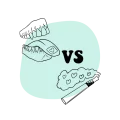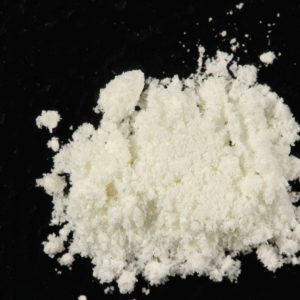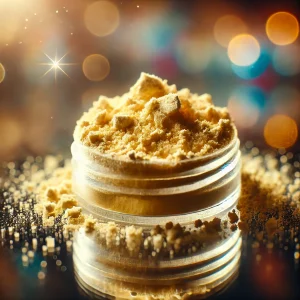Ayahuasca Tea in Europe and USA
A drink known as ayahuasca tea is a herbal beverage that is produced from plants that are native to the Amazon rainforest. Over the course of several centuries, this tea has been utilised in various healing rituals. It is stated that the beverage has spiritual and therapeutic effects, yet it is also known to create hallucinations. As a potential treatment for depression, it has garnered the interest of Western medicine in recent years as a potential medication.
In addition, the drug has gained popularity among individuals who are looking for a “shaman experience.” The journal Nature reports that a thriving industry has emerged in South America, where thousands of individuals are paying a significant amount of money to participate in ayahuasca retreats in order to experience the “intense psychedelic insights” that are associated with the substance. On the other hand, the beverage has also been known to be associated with a number of fatalities among “ayahuasca tourists.”
People must travel to take part in an ayahuasca ceremony because the drink is illegal in the United States. Some believe that while they are high on ayahuasca they gain a better sense of self or are better equipped to work through mental trauma, leading to better mental health after the session.
How ayahuasca is made.
According to a 2003 study published in the Journal of Pharmacology, the preparation of ayahuasca, which is also known as daime, yajé, yagé, natema, and vegetal, varies by location. It is also spelt iowaska or hoasca. The teas of Brazil, Peru, and Ecuador are made from the crushed stems of a flowering vine (Banisteriopsis caapi), either by itself or in combination with shrub leaves (Psychotria viridis). The stems of B. caapi are mixed with those of another shrub (Diplopterys cabrerana) in Ecuador and Colombia.
Spiritual & medicinal uses of Ayahuasca Tea
An ayahuasquero, who is usually trained in the traditional methods of making tea, makes the tea. In a ceremony that typically occurs in a shaman’s hut, the ayahuasquero makes and serves the tea. Those who drink the tea lie on mattresses or grass mats to experience the hours-long high.
The purpose of the ayahuasca drink is to induce a “mental awakening.” Contributor Benjamin Radford referenced a section of the book “Magic and Witchcraft: From Shamanism to the Technopagans” (Thames & Hudson, 2003) in a 2014 Live Science post. Anthropologist Nevill Drury noted, “Shamans use ayahuasca extensively in the upper Amazon basin (Colombia, Peru, and Ecuador).” … Taking this sacrament allows the shaman to enter the supernatural realm, to have initiatory visions, and to make contact with ancestors and helper-spirits.”
In his book “The Yage Letters,” author William Burroughs wrote about his experiences using ayahuasca and shared them with poet Allen Ginsberg. Burroughs claimed that he initially believed he had been poisoned and that he was becoming more and more like a half-woman, half-man. He commended the tea for enabling “space time travel,” according to a Scientific American story.
Effects & side effects
According to a Journal of Ethnopharmacology article, ayahuasca has been used in Western medicine for almost a century, but little is understood about how it functions. Although there is a wealth of anecdotal evidence supporting the use of ayahuasca to treat depression and mental trauma, the majority of research on the topic has either been pilot studies or has only included a small number of test subjects. Ayahuasca Tea
Dimethyltryptamine, also known as DMT or N,N-DMT, is a hallucinogenic substance found in ayahuasca that produces strong hallucinations. According to the Scientific American article, it is the only psychedelic known to exist naturally in the human body and is present in a wide variety of plants. When National Institutes of Health researcher Julius Axelrod found DMT in human brain tissue, there was conjecture that the substance was involved in psychosis. However, more research was dropped. Ayahuasca Tea





Reviews
There are no reviews yet.